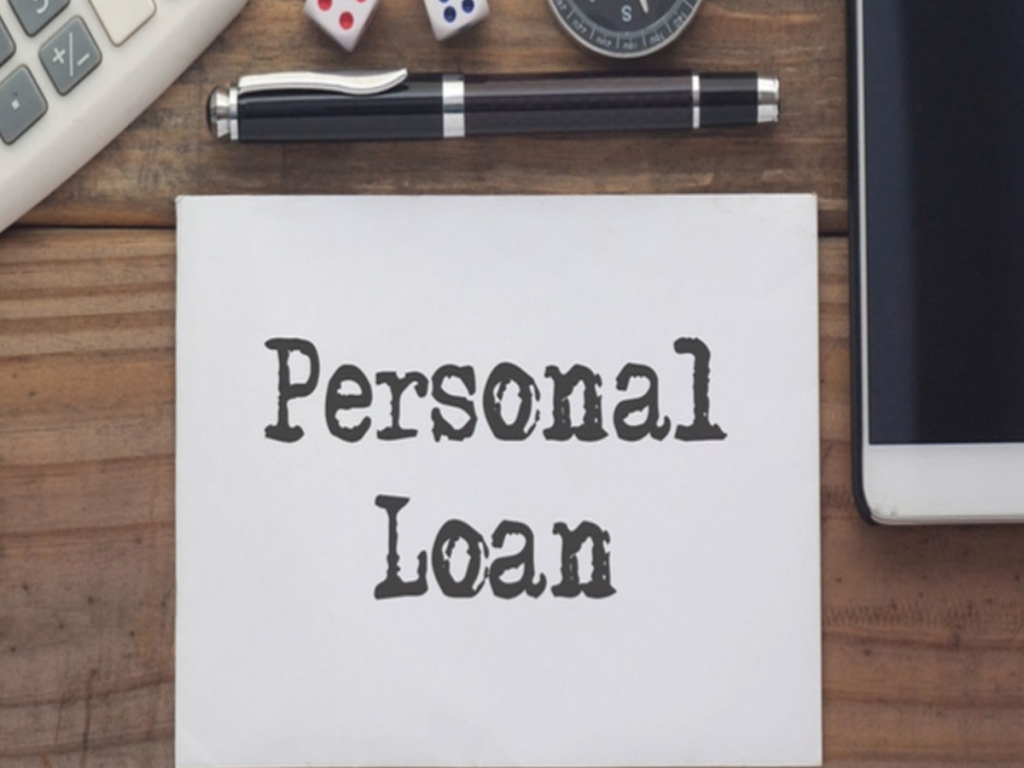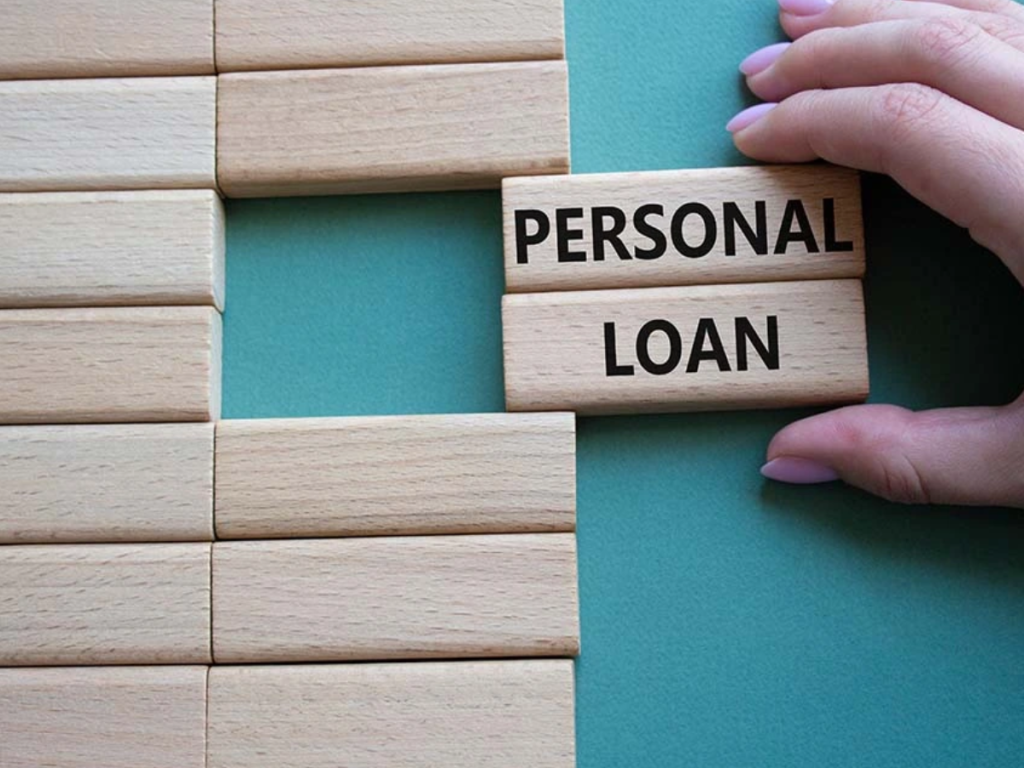Introduction
In times of crisis, whether it’s a financial emergency, medical expenses, or unforeseen circumstances that demand immediate attention, personal loans can be a lifeline. When traditional savings or resources are unavailable or insufficient, a personal loan may provide the quick financial relief needed to weather the storm. This article will guide you through the process of securing a personal loan in times of crisis, highlighting the steps, important considerations, and some key factors to ensure the loan works for you, rather than against you.
The Role of Personal Loans in Crisis Situations
A personal loan is an unsecured loan that you can use for almost any purpose, from paying medical bills to covering essential expenses during an emergency. These loans are typically offered by banks, credit unions, and online lenders. The fast approval process and accessibility of personal loans make them an attractive option for people facing urgent financial needs.
Whether the crisis is caused by a job loss, an unexpected medical emergency, a family situation, or even a natural disaster, the ability to access a lump sum of money through a personal loan can help keep you afloat. It can be the difference between financial collapse and recovery, allowing you to cover immediate expenses and plan for the future.
Key Factors to Consider Before Taking a Personal Loan
Before applying for a personal loan, there are several factors to consider to ensure that you’re making a decision that works in your favor:
1. Loan Amount
Personal loans can range in size, from a few hundred dollars to tens of thousands of dollars, depending on your creditworthiness and the lender’s policies. When applying for a loan, make sure you only borrow the amount you need. Taking out more than necessary can lead to unnecessary debt and higher interest payments.
2. Interest Rates
Personal loan interest rates vary significantly depending on your credit score, the lender, and the type of loan you choose. Interest rates typically range from as low as 5% to as high as 36%. The better your credit score, the lower the interest rate you are likely to be offered. High-interest rates can make it harder to repay the loan and may lead to long-term financial struggles.
3. Repayment Terms
Personal loans come with different repayment terms, ranging from a few months to several years. Short-term loans may have higher monthly payments but cost less in interest overall. Longer-term loans have lower monthly payments but often result in higher interest costs. It’s essential to choose a repayment term that you can comfortably afford while balancing the urgency of your financial situation.
4. Fees and Charges
In addition to the interest rate, some personal loans come with fees, including origination fees, late payment fees, and prepayment penalties. Be sure to read the fine print of your loan agreement to understand all associated fees. A loan may look attractive at first, but the additional charges could end up making it more expensive than anticipated.
5. Your Credit Score
Your credit score plays a significant role in determining both your eligibility for a personal loan and the interest rate you’ll be offered. If your credit score is high, you’re more likely to secure a loan with favorable terms. However, even with a poor credit score, it’s still possible to qualify for a personal loan, though the interest rates may be higher.
Steps to Secure a Personal Loan in Times of Crisis
Securing a personal loan during a crisis requires careful planning and swift action. Here’s a step-by-step guide to help you navigate the process effectively:
Step 1: Assess Your Financial Situation
Before applying for a personal loan, it’s important to evaluate your current financial situation. Understand the total amount of money you need, how much you can afford to repay monthly, and whether a loan is truly the best solution. Consider other options, such as negotiating with creditors or seeking assistance from family and friends, before committing to borrowing money.
Step 2: Shop Around for the Best Rates
Different lenders offer different terms, so it’s essential to shop around. Compare interest rates, repayment terms, and fees from banks, credit unions, and online lenders. Some lenders specialize in providing loans to individuals facing financial difficulties, so you may be able to find more favorable terms by exploring all options.
Online lenders, in particular, can offer fast loan processing times, often allowing you to receive funds within one business day. Many lenders also provide a pre-qualification process that doesn’t impact your credit score, helping you see your potential loan terms without committing to an application.
Step 3: Check Your Credit Score
As previously mentioned, your credit score plays a significant role in securing a personal loan. Check your credit score before applying to determine where you stand. If your score is low, consider improving it by paying down outstanding debts or reducing your credit card balances before applying for a loan. Even small improvements in your credit score can help you qualify for a better loan.
Step 4: Gather Documentation
Lenders require certain documents to process your loan application. Common documentation includes proof of income, tax returns, identification, and a list of your existing debts. Having all of these documents ready ahead of time can speed up the loan approval process.
Step 5: Apply for the Loan
Once you’ve decided on the loan terms and gathered your documentation, it’s time to apply for the loan. Most lenders allow you to apply online, which makes the process faster and more convenient. During the application, you’ll need to provide personal details such as your name, address, employment information, and financial situation.
Step 6: Review Loan Offers
After submitting your application, lenders will review your information and, if approved, make loan offers. Review each offer carefully, taking into account the loan amount, interest rate, repayment terms, fees, and any other charges. If you’re unsure about any aspect of the loan agreement, don’t hesitate to ask the lender for clarification.
Step 7: Accept the Loan and Receive the Funds
Once you’ve chosen the best loan offer for your needs, you can accept the loan and receive the funds. In many cases, the loan is deposited directly into your bank account within one to three business days, depending on the lender.
Step 8: Repay the Loan
After receiving the loan, it’s essential to make timely payments according to the loan agreement. Late payments can result in penalties, damage to your credit score, and additional interest charges. Set up automatic payments or reminders to ensure that you don’t miss any payments during the loan term.
Alternative Options to Personal Loans
While personal loans are a popular solution in times of crisis, they are not the only option available. Depending on your situation, there may be other financial tools that offer more flexibility or lower costs.
Credit Cards
If your crisis is temporary and you’re confident you can repay the balance quickly, using a credit card may be a viable alternative. Many credit cards offer a 0% APR introductory period for new purchases, giving you a chance to manage your expenses without accruing interest. However, high-interest rates after the introductory period can make credit cards expensive if the balance isn’t paid off quickly.
Emergency Savings
If you have an emergency savings fund, now is the time to dip into it. Using your savings to cover unexpected costs can help you avoid taking on debt, especially if you have enough funds to cover the emergency. The goal of an emergency fund is to provide financial security in times of need, so if you have one, make sure to use it when necessary.
Borrowing from Family or Friends
If possible, borrowing money from family or friends can be an alternative to taking out a personal loan. While this option may come with emotional and social complexities, it can often provide more flexible terms, such as no interest or a longer repayment period. Make sure to have a clear agreement in writing to avoid misunderstandings later.
Home Equity Loans
If you own a home and have built up equity, a home equity loan or line of credit (HELOC) may be an option. These loans generally offer lower interest rates than personal loans because they are secured by your property. However, this also means that your home is at risk if you fail to repay the loan.
The Risks of Personal Loans in Crisis Situations
While personal loans can be a lifeline during a crisis, they also come with risks that must be carefully considered:
- Debt Cycle: Borrowing money to cover emergencies can lead to a cycle of debt, especially if the crisis continues for an extended period. If you are unable to repay the loan on time, you could face accumulating debt and additional financial strain.
- High Interest Rates: If your credit score is low, you may be offered a loan with a high-interest rate, making it more difficult to repay the debt in the long run.
- Impact on Credit Score: Late payments or missed payments on a personal loan can damage your credit score, making it more challenging to secure future loans or credit.
Conclusion
In times of crisis, personal loans can offer immediate financial relief and help you manage urgent expenses. However, it’s crucial to understand the loan terms, compare different offers, and assess your ability to repay the loan before making a decision. With careful planning and consideration, a personal loan can be a useful tool to navigate through difficult times without creating long-term financial burdens. Always consider all available options and consult with a financial advisor if necessary to ensure that you are making the right decision for your situation.

